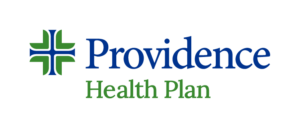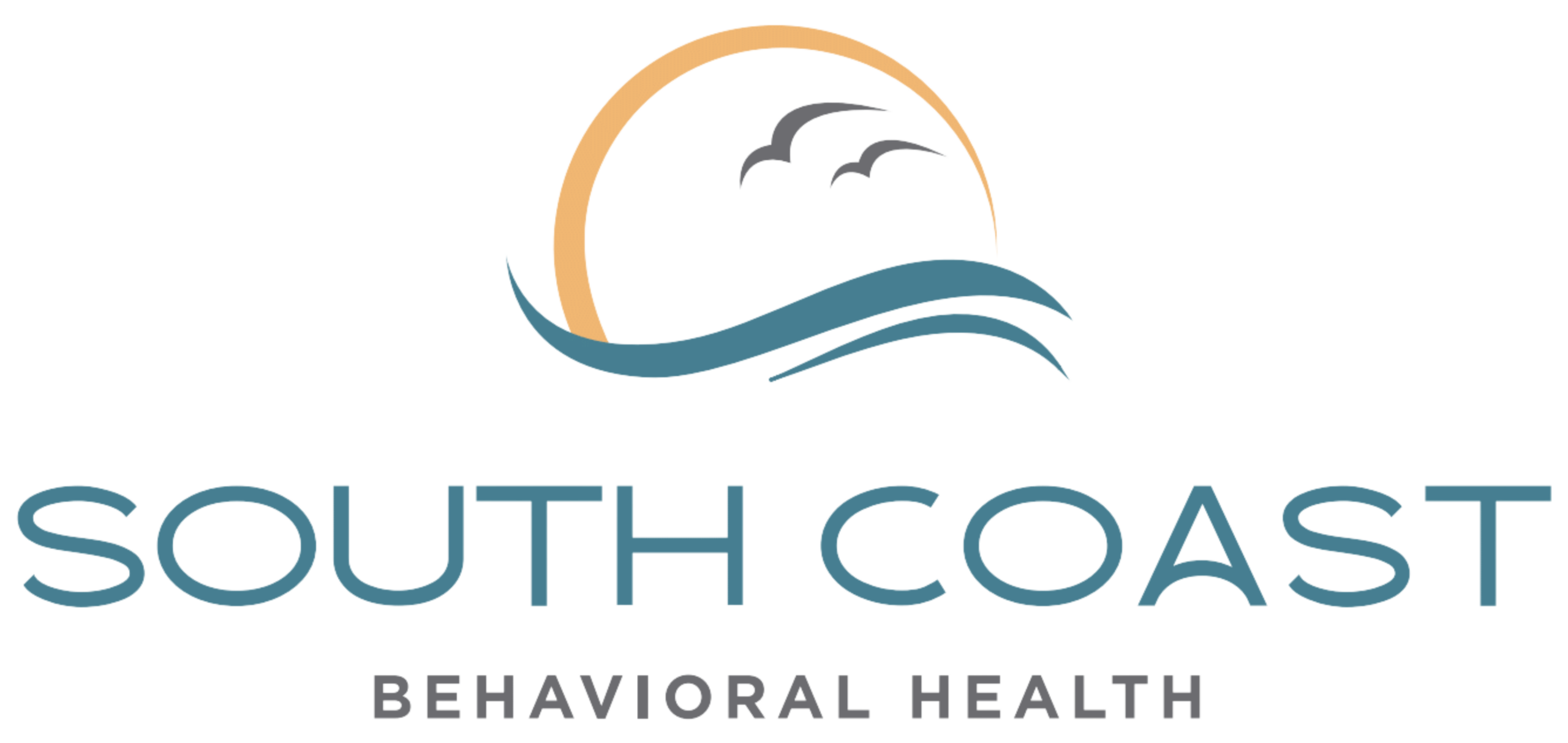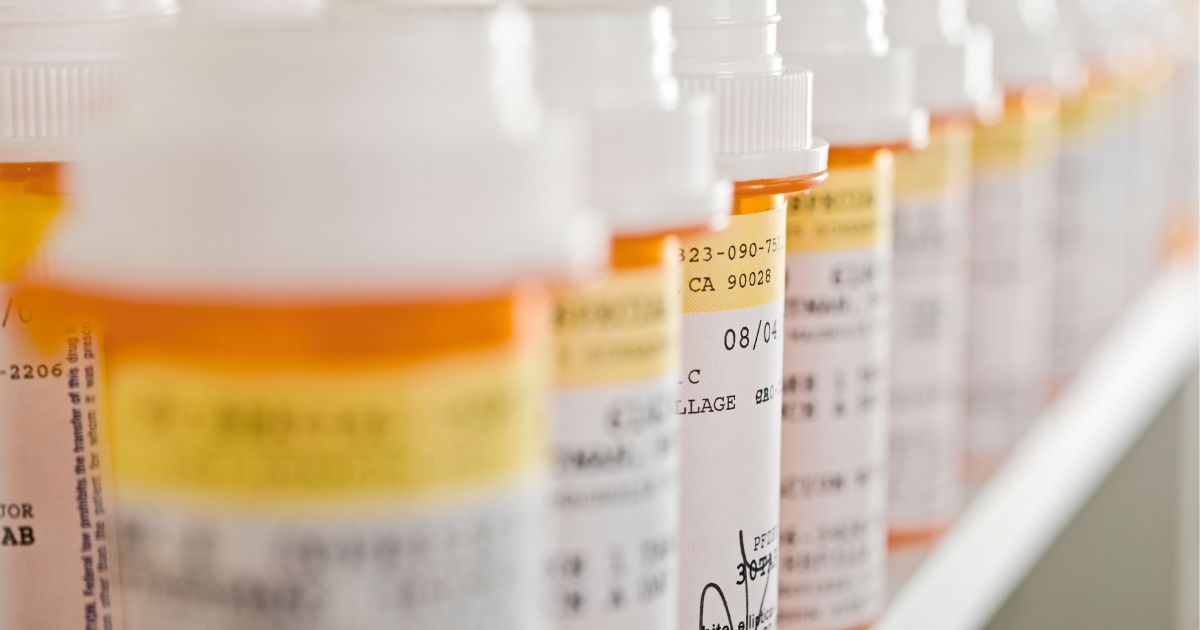Using meth is probably one of the worst decisions you can make. Even compared to other drugs, it can have disastrous effects on your life and long-term health effects. In this article, we’ll talk about what using meth does to your body and the importance of seeking meth addiction treatment.
What Is Meth?
Meth is short for methamphetamine, an extremely potent stimulant drug. It affects the brain’s neurotransmitters, specifically dopamine, resulting in intense feelings of euphoria, increased energy, and heightened alertness.
Other nicknames for meth include:
- Crystal (as in crystal meth)
- Ice
- Glass
- Crank
- Tina
- Shards
- Blue
- Crystal Clear
- Batu
- Blade
- Quartz
Methamphetamine was first synthesized in Japan in 1919. It was derived from its parent drug, amphetamine, and was used to treat a range of conditions including asthma, narcolepsy, and as a weight loss aid. During World War II, it was used by both Axis and Allied troops to stay awake and alert.
After the war, meth was prescribed both as a weight-loss drug and an antidepressant. However, by the 1960s, the addictive potential of meth became apparent. The 1970s saw the US classify meth as a Schedule II drug, making it illegal to buy or possess without a prescription.
How Do People Use Meth?
There are a couple different ways people use meth:
- Smoking — Smoking meth involves placing the meth in a pipe and heating it with a lighter. The user then inhales the vaporized drug directly into the lungs. Using a meth pipe is the most common way of consuming meth because it results in an immediate intense “rush” of euphoria.
- Injecting — This involves the use of syringes. Powdered meth is dissolved in water and then injected directly into the bloodstream. This method also results in a quick and intense high. There’s an increased risk of contracting infectious diseases like HIV or hepatitis with this method.
- Snorting — To snort meth, razor blades are used to chop up powdered meth, which is then snorted through straws or rolled paper. The drug is then inhaled into the nostrils. This doesn’t produce an intense “rush” like smoking or injecting but does result in heightened euphoria.
- Swallowing — Meth is, of course, available in pill form. The high from oral ingestion takes longer to set in and is less intense than other methods.
People get into using meth by various means, each with its own set of risks. From the damage to the lungs from smoking to the risk of infectious diseases from injecting, the dangers of meth use extend beyond just the effects of the drug itself.
Get confidential help from our addiction treatment specialists in Orange County. Call to join our rehab program today!
Call 866-881-1184Eight Ways Using Meth Can Ruin Your Life
Using meth can ruin your life in a multitude of ways, such as:
- Meth Mouth — One of the most visually apparent effects of using meth is dental decay, often referred to as “meth mouth.” Chronic meth users often suffer from severe tooth decay, broken teeth, and gum disease. For this reason, severe dental issues is a sign someone either is using meth or did so in the past.
- Skin Problems — Using meth can cause you to feel incredibly itchy, with many reporting the feeling of bugs crawling under their skin.This can lead to constant picking, causing you to develop unsightly skin sores, abscesses, and infections. These skin issues are one of the most disturbing meth addiction symptoms. They may also experience higher than normal body temperature while using crystal meth.
- Neurological Problems — People who use meth can experience a range of neurological problems. These include tremors, convulsions, and a heightened risk of stroke. Over time, using meth can cause irreversible damage to the brain and other health effects.
- Mental Health Issues — Chronically using meth can lead a person into severe anxiety, paranoia, mood disturbances, violent behavior, and hallucinations. Users often display erratic, unpredictable behavior. Over time, it can result in more serious psychiatric disorders like psychosis.
- Addiction and Dependence — Methamphetamine is highly addictive. Using meth repeatedly can lead an individual to become physically and psychologically dependent. This can make a person feel an overpowering urge to use the drug despite its harmful consequences.
- Damaged Relationships — Using meth can lead a person down a road of constant lying and stealing. Relationships with family and friends can deteriorate rapidly as a result, especially if the person refuses to seek treatment, leading to isolation.
- Economic Consequences — Funding a meth addiction can be expensive. People using meth face impaired judgment and diminished cognitive abilities can result in job loss, leading to financial hardships.
- Trouble with the Law — Possession, distribution, or manufacture of methamphetamine is illegal in many jurisdictions. Getting caught can lead to imprisonment, a criminal record, and hefty fines. This can further affect employment opportunities and social relationships.
Using meth can devastate a person’s life through things like skin sores and violent behavior. If you or someone you know is using meth, it’s time to seek professional addiction treatment for stimulants such as cocaine or meth.
How to Stop Using Meth
Because it’s extremely addictive, the best way to stop using meth is to seek professional help.
Given the intense withdrawal symptoms of meth, the best course of action is a medical detox. This process can be uncomfortable, with symptoms like fatigue, increased appetite, depression, and intense drug cravings.
Once detox is complete, various behavioral therapies can be used to address the root causes of using meth.
These therapies include:
- Cognitive-Behavioral Therapy (CBT) — Helps patients recognize, avoid, and cope with situations in which they might use meth.
- Contingency Management — Provides tangible rewards for staying meth-free.
- Motivational Incentives to Enhance Drug Abuse Recovery (MIEDAR) — An approach using vouchers or small cash rewards for positive behaviors like staying drug-free.
These therapies can be used along a variety of levels of care, all of which can be provided in a meth treatment center.
Some hallmarks of a good meth treatment center include the following:
- Accreditation — The facility should be licensed and accredited by relevant national or state organizations. SAMHSA provides a good list of accreditation bodies.
- Qualified Staff — The center should have experienced medical professionals, therapists, and counselors familiar with meth addiction.
- Co-occurring Disorder Treatment — Many meth users have co-occurring mental health disorders. The center should be equipped to provide dual diagnosis treatment.
- Evidence-Based Treatment — The center should use methods that are backed by scientific research.
- Holistic Approaches — Some centers also offer complementary therapies, such as yoga, meditation, and art therapy, which can be beneficial for some individuals.
Recovery from meth addiction requires time, effort, and a strong support system. But with the right resources and determination, individuals can reclaim their lives from this devastating drug.
Looking for quality substance abuse treatment that’s also affordable? South Coast accepts most major insurance providers. Get a free insurance benefits check now.
Check Your CoverageMeth Addiction Treatment at South Coast Behavioral Health
For those struggling with meth addiction, also called, meth use disorder, South Coast Behavioral Health is here to help. Drug addictions are real problems that require professional solutions.
The first step before treatment can begin is going through a medical detox. Our medical detox program in California is staffed by caring and compassionate professionals who can provide you with medications to manage your withdrawal symptoms.
At South Coast, we take pride in offering care that is closely tailored to specific issues. To that end, we offer gender-specific detox programs, with medical detox for men in Irvine, CA, and medical detox for women in Huntington Beach, CA.
After detoxing, proper treatment can begin.
Treatment for substance abuse takes place along an entire spectrum of care. Along that entire spectrum are various behavioral therapies, support groups, and the use of medically-assisted treatment (MAT).
These levels of treatment are, in order, as follows:
Residential Treatment in California
After completing medical detox, you’ll move to inpatient treatment in Orange County California. There, you’ll receive medically-assisted treatment and dual diagnosis treatment to deal with any cravings or co-occurring mental health issues you may be battling.
We also offer residential treatment facilities in Costa Mesa, Irvine, and Huntington Beach for those who desire gender-specific treatment. There, patients get round-the-clock medical attention and monitoring while living at the institution full-time.
In addition to individual and group counseling and medication management, you’ll also have access to leisure activities and family support services.
Partial Hospitalization in California
Most clients start substance abuse treatment with South Coast in our residential treatment program. After completing that, many desire something that still provides structure and support, but with extra space and time to oneself. For that, we offer Partial Hospitalization in Newport Beach.
A step down from inpatient care but with more structure than conventional outpatient programs, partial hospitalization offers a good balance for those looking to ease back into normal life.
Clients can receive care five to seven days a week for several hours each day, returning to their homes in the evening. This way, they can recover without putting their daily lives completely on hold, receiving intense therapeutic interventions like group and individual therapy, skill development, and medication management as necessary.
Intensive Outpatient Treatment in California
For those leaving inpatient residential treatment or partial hospitalization, intensive outpatient programs (IOP) are yet another gradual step forward on the road to recovery.
With a focus on group therapy, individual counseling, and education, clients undergoing Intensive Outpatient Treatment in Newport Beach can meet three to five days a week. Each session lasts three hours.
This level of care requires the least amount of attendance at a facility.
Get Started Today
Not all rehab centers for drug abuse are the same. If you or a loved one are struggling with meth addiction but wonder how long addiction counseling takes or have other questions, call us at 866-881-1184. Our highly qualified staff will be happy to help give you an idea of what to expect from your addiction recovery timeline, help verify your insurance, and assist with any other questions you may have about crystal meth or stimulant drugs.
























